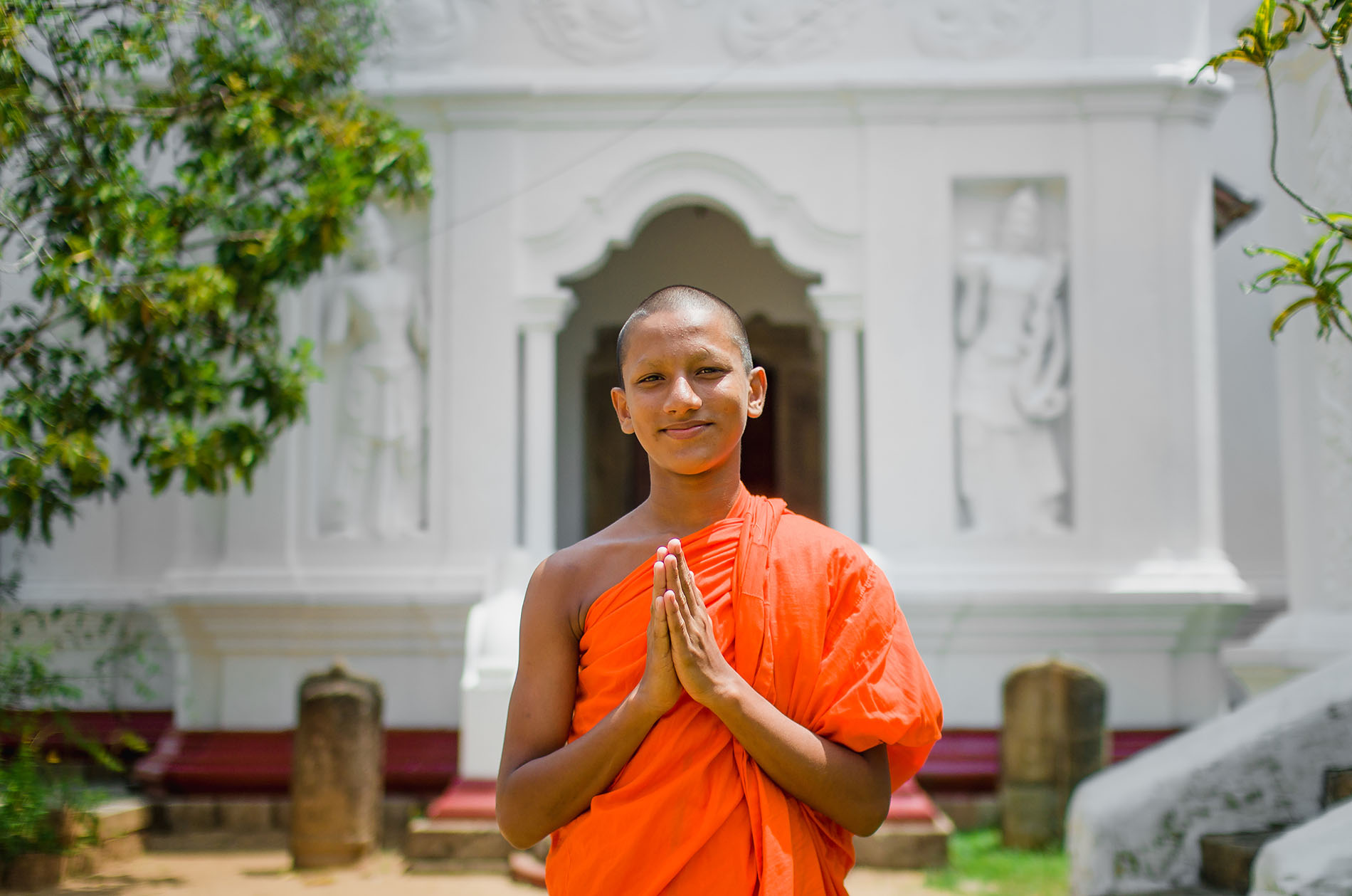Sri Lanka, an island nation with a history dating back over two millennia, boasts a unique fusion of art, dance, and music that forms the core of its cultural identity. This blend is a living reflection of the country’s ancient traditions and modern developments. From vibrant cities to remote villages, Sri Lankan culture is diverse, deeply rooted in history, and influenced by numerous waves of external rule, particularly during the British colonial period of the 19th century.
A Blend of Ancient and Modern Influences
Sri Lanka’s history under British rule brought about dramatic social, political, and economic transformations. The introduction of democracy, modern education, legal frameworks, and commercial agriculture reshaped the landscape of the island. As a result, today’s Sri Lanka presents a fascinating juxtaposition of ancient and contemporary cultures.
While traditional farmers in rural villages continue to plow paddy fields with the help of buffalos, young professionals in cities work in industries like software engineering, contributing to global markets. This coexistence of old and new demonstrates the rich social diversity that characterizes the island nation.
The Pre-Historic Foundations of Sri Lanka
Sri Lanka’s documented history begins around 543 B.C. with the arrival of Prince Vijaya, the first Aryan king of Sri Lanka. However, archaeological evidence points to an even earlier civilization. Homo sapiens are believed to have lived on the island as far back as 500,000 B.C., with artifacts from the Paleolithic period and Stone Age cultures being discovered.
One of the significant ancient populations of the island, the Balangoda culture, dates back to 5000 B.C. The Balangoda Manavaya, as these early settlers are known, spread throughout Sri Lanka, and their existence persisted until about 500 B.C. with the arrival of early Aryan settlers from India.
Early Kingdoms and Dynasties
The first recorded kingdom of Sri Lanka was established by Prince Vijaya, who landed on the island in 543 B.C. after being expelled from India. His reign began with the Thammana Kingdom, after defeating local tribes with the help of a Yaksha tribe princess, Kuweni. After 38 years of rule, the succession of kings continued with Upatissa and Panduwas Dev, marking the beginning of the island’s long royal history.
The establishment of the Anuradhapura Kingdom by King Pandukabhaya transformed the capital into a city of architectural and engineering marvels. With well-planned irrigation systems, reservoirs like the Abhaya wewa, and beautifully designed temples, Anuradhapura flourished. However, the kingdom often faced invasions from South Indian rulers, leading to battles like the famous one between King Dutugemunu and the Tamil King Elara.
Polonnaruwa: The Next Chapter
The Anuradhapura Kingdom eventually gave way to the Polonnaruwa era. This period saw significant advances in architecture, particularly with impressive irrigation systems like the Minneriya Wewa and the monumental Parakrama Samudraya built under King Parakramabahu. During this time, Sri Lanka’s political power shifted to Polonnaruwa as kings continued to resist invasions from South Indian kingdoms.
Colonial Encounters and Lasting Impacts
From the 16th century onward, Sri Lanka encountered waves of European colonialism, starting with the Portuguese, who were interested in controlling the island’s commerce. The Dutch replaced the Portuguese in the 17th century, taking over key trading ports and maintaining a stronghold over the island’s coastal regions. Despite their control, the Kingdom of Kandy, situated in the interior, remained independent until it finally fell to the British in 1815.
The British period saw significant changes in Sri Lanka’s economy, particularly with the rise of plantation agriculture. Crops such as tea, introduced in the 19th century, reshaped the island’s economy and labor practices. South Indian Tamil laborers were brought to work on the plantations, changing the island’s demographic landscape and social structure. These economic changes, combined with urbanization, led to the rise of a Westernized urban middle class, particularly among the coastal Sinhalese, while the Kandyan Sinhalese maintained stronger connections to rural traditions.
Conclusion: A Cultural Tapestry of Sri Lanka
Sri Lanka’s rich history, spanning prehistoric times to colonial rule and beyond, has created a dynamic cultural landscape. From ancient kingdoms to colonial influences, the island’s culture is an intricate tapestry woven from various traditions, external influences, and modern advancements. Today, Sri Lanka remains a nation of contrasts—where ancient art, music, and dance continue to thrive alongside modern technological and commercial developments. This fusion makes Sri Lanka a vibrant and diverse society, reflecting the beauty and complexity of its long and storied past.


Comments are closed